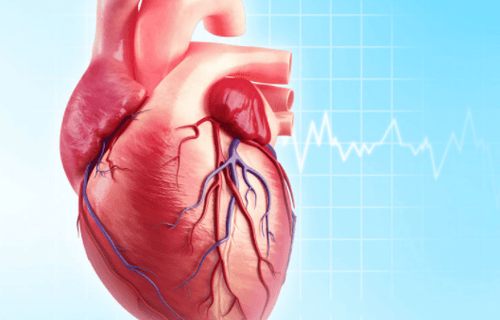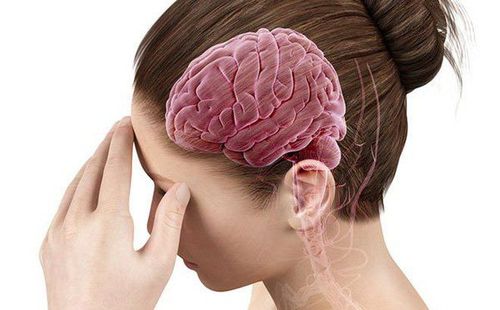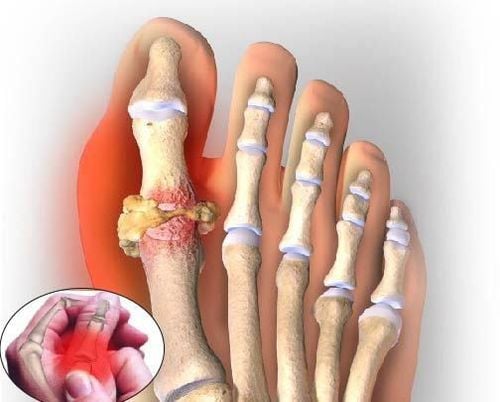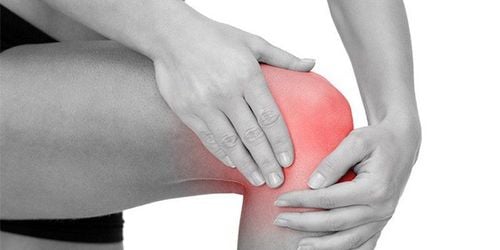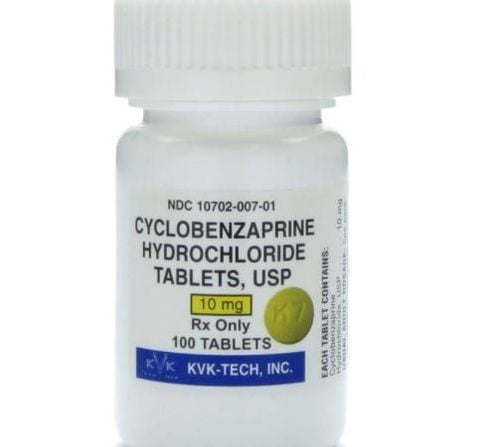This is an automatically translated article.
The article is professionally consulted by Master, Specialist Doctor I Nguyen Thi Thanh Binh - Rehabilitation Doctor - Department of General Surgery - Vinmec Da Nang International General Hospital.Plantar fasciitis is a common condition, which can be caused by trauma or by constantly increasing pressure on the plantar fascia. The main treatment is to use rehabilitation measures and combine with exercise to help improve the disease.
1. What is plantar fasciitis?
The plantar fascia is a broad band of tendons that run the length of the foot, from the heel to the base of the metatarsal bones. This weight layer has the role of supporting the arch of the foot, maintaining the physiological curvature of the foot, and reducing the impact force on the foot when we walk, exercise and run.Plantar fasciitis is a condition in which the tendons of the foot are damaged (maybe after an injury or under the pressure of walking, running or jumping too much) leading to inflammation that causes pain, especially pain near the heel. foot.
2. Diagnosis of plantar fasciitis
Diagnosis of plantar fasciitis should be based on clinical and laboratory signs.Clinical signs include:
Typical signs of plantar fasciitis are heel pain, pain that increases when getting up to walk, when getting up after sitting for too long, after sitting for too long. Move around a lot and decrease at rest, the time of day is less painful than in the morning. Pain can persist for months or years. Pressing on the underside and inside of the patient's heel feels very painful, sharp pain. The soles of the feet may be flatter, or more concave than the healthy side, possibly with signs of muscle atrophy. Subclinical signs:
X-ray often shows calcaneal spurs. This is the result of a prolonged inflammatory process leading to calcifications of the calcaneal attachment point. Soft foot ultrasound: Show signs of plantar fascia damage. Can be combined with MRI for differential diagnosis with some other diseases.
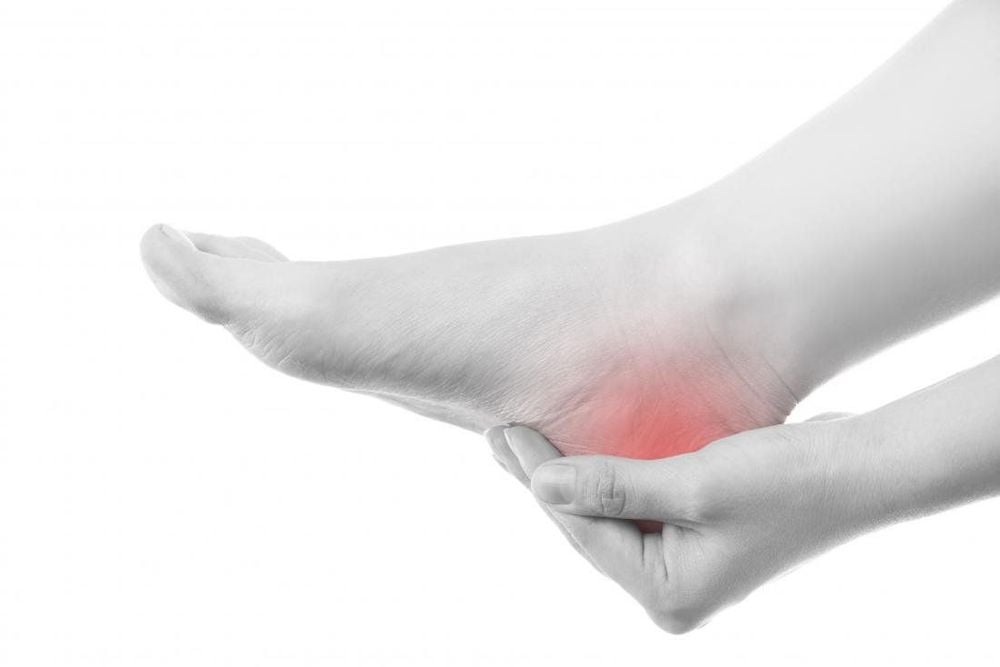
3. Rehabilitation method for plantar fasciitis
Once plantar fasciitis is identified, rehabilitation should be done early and aggressively. Combined with exercises to stretch the heel tendons to help patients improve their condition.Rehabilitation techniques
Depending on the stage and extent of the disease to have appropriate movement methods.
Level phase
Life mode: Should rest, reduce walking, running, jumping and sports activities. Pay attention to protect the soles of the feet when operating with soles, heel pads, do not walk barefoot. Compressing the painful area with a soft elastic bandage can help reduce pain. Elevate your legs especially when sleeping. Medications: Patients can use anti-inflammatory pain relievers to help reduce pain and inflammation. Physiotherapy: In the acute stage of inflammation, there is still a lot of pain and swelling, cold therapy should be used (such as ice packs) which can be done 1-4 times per day, 15-20 minutes each time; In addition, it can be combined with other physical therapy methods such as ultrasound, electrolysis, ion electrophoresis... Movement therapy Massage: massage in the plantar fascia, twin muscles, and slippers. . Exercise exercises for joints including: ankle and toe joints. Exercises and exercise program at home:
Practice exercises to help stretch and strengthen muscles: Twins, slippers, posterior tibialis, plantar fascia, toe flexors. Exercise gait and assistive devices as needed. Some exercises to help stretch and strengthen muscles: Exercise 1: Stretching the soles of the feet, the patient sits on a chair, resting the affected leg over the other leg. Holding the affected foot in your hand, pull the toes toward the lower leg to create tension in the sole of the foot. Place your other hand on the soles of your feet to feel the tension in your muscles. Hold for 10 seconds, repeat 2-3 times. Exercise 2: Using your toes to pick up a towel can stretch the muscles of your feet and calves. Sit in a chair with your feet flat on the floor with a small towel. Use your toes to roll the towel toward you. Then relax your legs and repeat 5 times. It is recommended to do these movements before walking in the morning.

Activity mode: Can gradually increase activity such as walking, jogging with supportive footbed and heel pad. Physiotherapy: Cold therapy 1-2 times/day, 15-20 minutes each time; Combined with therapeutic ultrasound; electrolysis; Short wave, shock wave Movement therapy -The technician helps to stretch the twin muscles, the soleus muscle using resting and resting techniques.
-Move the joints according to the range of motion, the ankle joints and the toes..
Home exercises - Stretch, strengthen the muscles and the flexibility of the muscle groups as above. Work hard with the dynamic closing chain technique (legs and heels raised). Exercises with an elastic band help increase blood flow to the inflamed area and reduce pain. Perform the exercise by sitting on the floor with your legs extended. Loop an elastic band (stretchable band) over your foot, holding both ends in your hand. Gently pull your toes toward your body, pull as far as you can, and then slowly return to the starting position. Repeat about 10 times.
-Can exercise such as cycling, going up and down stairs; begin to return to their previous daily, occupational, recreational, and sporting activities.
4. How to prevent plantar fasciitis
Warm up thoroughly and perform leg and foot stretches before playing sports to avoid muscle strain. Wear specialized shoes that are properly sized and have cushioned foot pads. Frequent wearing of high heels is also a risk factor for the disease, so high heels should only be worn when needed. Do not walk or jog for long periods of time or run excessively. Lose weight when there is overweight and obesity, but you should not lose weight by jogging. Plantar fasciitis can clear up on its own without any treatment, and rehabilitation exercises help relieve pain more quickly. However, in some cases, if the impact causes a lot of damage to the plantar fascia, it can become chronic, and these cases need rehabilitation.At the Rehabilitation Department of Vinmec International General Hospital, there is a function of physiotherapy and rehabilitation for all inpatients and outpatients.
Faculty's strength is the strong techniques of Rehabilitation, functional rehabilitation that support effective treatment for cases of a number of musculoskeletal and spinal diseases, aiming to increase the success rate of the treatment, limit the recurrence to the lowest level and speed up the treatment process in a short time.
Vinmec International General Hospital is equipped with a system of modern machinery and equipment, effectively supporting the treatment process with a high success rate, helping musculoskeletal, musculoskeletal, and spinal nerves to recover. rehabilitation and mobility. There are many good, highly skilled doctors with full practice certificates, along with a team of well-trained technicians who are very dedicated in the process of treatment and rehabilitation. Therapy and rehabilitation programs give good results, meeting the needs and desires of customers.
Please dial HOTLINE for more information or register for an appointment HERE. Download MyVinmec app to make appointments faster and to manage your bookings easily.





